Shin-Hyun Kim and his coworkers at the Korea Advanced Institute of Science and Technology (KAIST) have developed a simple method to create bicolored Janus particles via phase separation of polymers in emulsion drops.


Shin-Hyun Kim and his coworkers at the Korea Advanced Institute of Science and Technology (KAIST) have developed a simple method to create bicolored Janus particles via phase separation of polymers in emulsion drops.
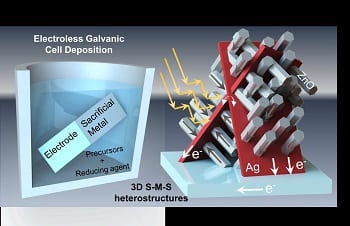
Dr. Tan and colleagues, have developed a scalable and one-pot electroless galvanic cell synthesis of semiconductor-metal-semiconductor (S-M-S) interconnected nanoarray.
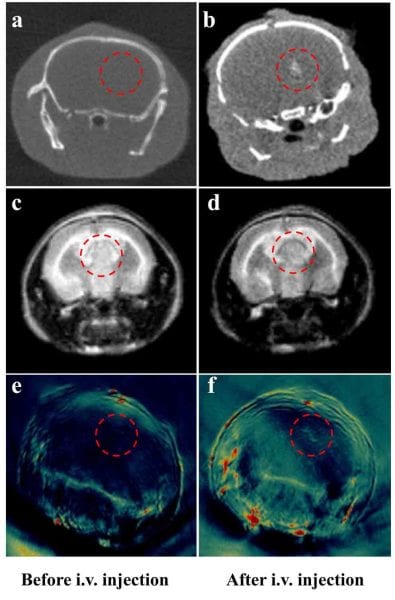
Researchers present the use of Au@MIL-88(Fe) nanoparticles that serve as triple-modality imaging agents, in CT, MRI, and PA imaging of gliomas.

An all organic elastic electret is prepared with a piezoelectric coefficient comparable to the gold standard – poly(vinylidene fluoride.
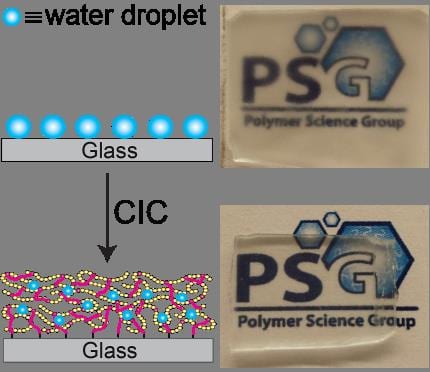
In their recent work, G. G. Qiao and coworkers generate nanoscale antifogging surfaces.

A research team from KAIST, Korea has successfully fabricated nanometer scaled DNA (deoxyribonucleic acid) structures.

Researchers from China and Singapore present a new high performance, fire-resistant coating composed of hexagonal boron nitride nanosheets.

A Tetris-inspired approach to fabricate microscale tissue from hydrogel building blocks affords a non-contact assembly method to build complex and reconfigurable 3D architectures.
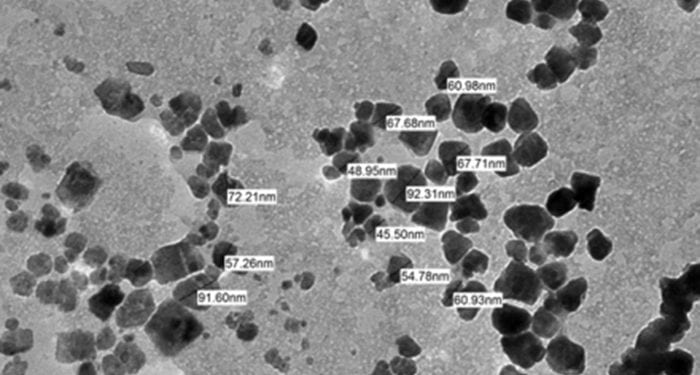
Natural polymers- based nanoparticles are widely used for biomedical purposes as they are highly biocompatible and biodegradable. Yet potential unexpected side effects have to be taken into account.
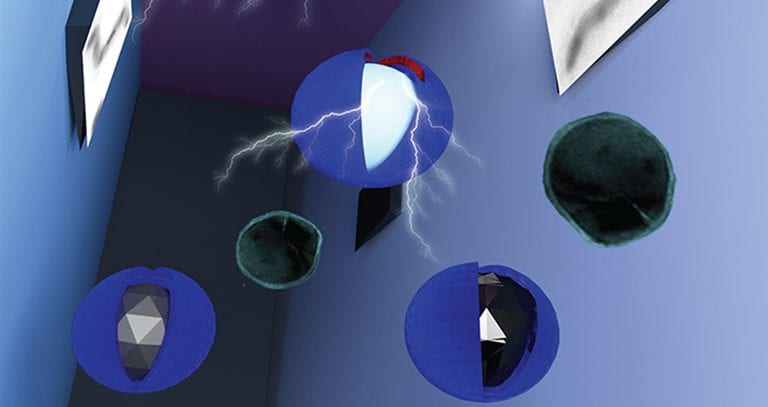
High-Throughput in situ Synthesis of Biomimetic Magnetite Loaded Nanovesicles Naturally occurring magnetite magnetic nanoparticles are produced by magnetic bacteria within liposomes called magnetosomes. These have numerous desirable properties, for example, they are...